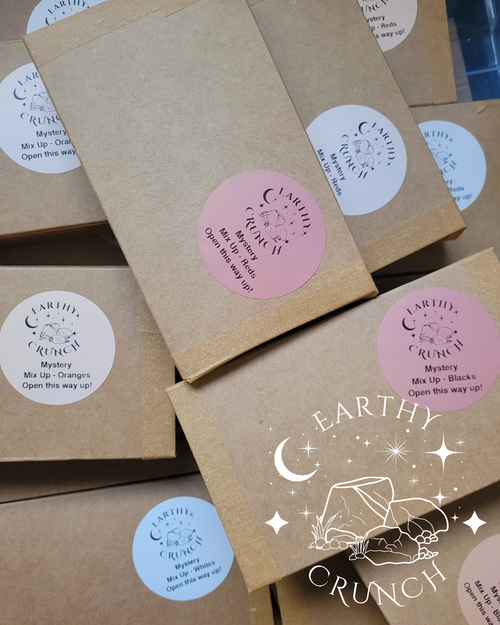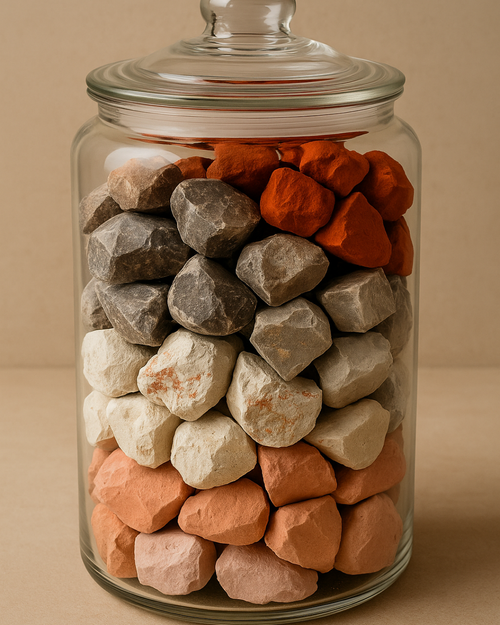Forget tea leaves or coffee beans, if you want a truly global taste tour, you need to look underground. Across the world, people have been nibbling, chewing, and savouring clay for centuries, each culture bringing its own traditions, textures, and flavours to the table (or, more accurately, to the mouth).
This is your boarding pass to the world of geophagy: the art and practice of eating earth. Buckle up; there will be crunching.
Africa: Earth as a Nutritional and Cultural Staple
In parts of West Africa, eating clay is far from unusual,it’s woven into daily life. In Ghana, ayilo (a smooth white kaolin clay) is sold in markets alongside spices and vegetables, often enjoyed by pregnant women who crave its soft crumble and mineral taste. Nigeria has ndom, a baked clay snack that delivers a satisfying bite and an earthy aroma reminiscent of rain on dry soil.
Beyond taste, there’s tradition: clay consumption can carry cultural significance, symbolising purity, fertility, or even spiritual connection to the land.
India: Smoky Cravings and Healing Earth
In India, edible clay takes many forms, from sun-dried riverbank clays to the famous roasted dryfruit clay, blackened over fire for a smoky, petrol-like tang and a glassy crunch.
Historically, clay has been part of Ayurvedic remedies, but for many modern enthusiasts, it’s pure sensory indulgence. Some clays are chewy, others brittle, but all offer that unmistakable mineral burst. In rural communities, certain clays are still collected during festivals and prepared as a seasonal treat.
The Americas: From Indigenous Traditions to Modern Markets
In the southern United States, especially in Georgia, white kaolin clay has been eaten for generations. Known locally as white dirt, it’s often sought for its soft, chalky crumble and mild taste.
Further south, in parts of Mexico, clay mixed with salt is shaped into small discs and eaten like sweets. Indigenous communities in the Andes have also used clay to coat potatoes, neutralising natural toxins—a clever culinary-meets-survival hack.
Oceania: Clay in the Islands
In some Pacific Island traditions, certain river clays are consumed ceremonially, often linked to rites of passage or healing rituals. While less common today, these practices survive in pockets, preserving a connection to ancestral ways of living.
Europe: Niche, But Not New
Though Europe isn’t known for its clay-eating culture, small traditions do exist. In parts of Eastern Europe, for example, medicinal clays were historically ingested during fasting or illness. Today, edible chalks and clays are gaining small followings online, often among diaspora communities seeking a taste of home.
The Unifying Crunch
What’s fascinating about all these practices is how they span geography, culture, and history—and yet, they share something simple: the sensory appeal of earth. Whether it’s a smooth melt, a gritty crumble, or a loud snap, clay has a universal way of speaking to cravings that biscuits or crisps just can’t match.
Eating clay isn’t weird; it’s one of humanity’s oldest cross-cultural habits. It’s connection, nostalgia, and a touch of adventure—all in one bite.
Final Thought: Next time someone raises an eyebrow at your clay stash, remind them—it’s not a quirky modern habit. It’s a world tour, and you’re just enjoying your leg of the journey.



0 comments